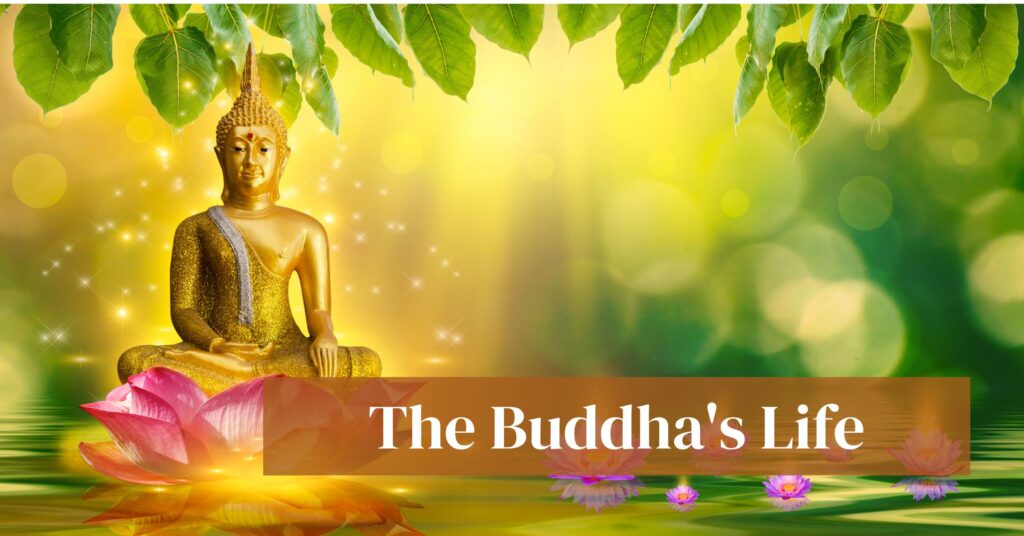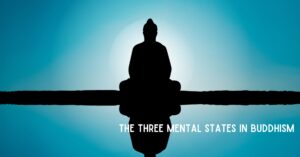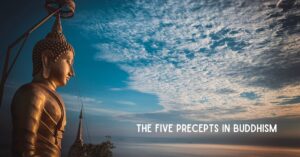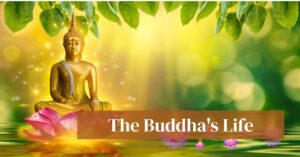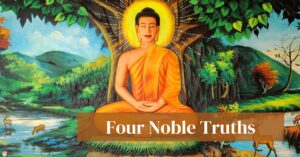The Buddha, also known as Siddhartha Gautama, was a spiritual teacher who lived in ancient India around 2,500 years ago. He is the founder of Buddhism, one of the major world religions.
Siddhartha Gautama was born into a royal family in present-day Nepal. As a prince, he lived a sheltered life and was shielded from the world’s suffering. However, as he grew older, he became increasingly curious about the world outside the palace walls. Eventually, he left the palace and ventured out into the world to see what lay beyond.
Siddhartha encountered four sights that deeply affected him during his travels: an older and sick human, a corpse, and a wandering ascetic. These sights made him realize that aging, sickness, and death were a part of the human experience and that all people, regardless of their wealth or status, would eventually suffer in one way or another.
Siddhartha was deeply troubled by this realization and sought a way to end suffering. He left his family and began practicing severe asceticism, but this did not bring him the enlightenment he sought. He then decided to take a different approach and began to practice a middle way between the extremes of self-indulgence and self-mortification.
It was through this practice of the middle way that Siddhartha finally attained enlightenment. One night, while sitting under a bodhi tree, he achieved a complete understanding and awareness known as Nirvana. From then on, he was known as the Buddha or the “Enlightened One.”
After his enlightenment, the Buddha also spent the rest of his life teaching others how to attain enlightenment. He traveled throughout India, giving sermons and teachings to anyone willing to listen. He also gathered a large following of disciples, known as the Sangha.
The Buddha’s teachings focused on the Four Noble Truths, which are:
- The truth of suffering (Dukkha)
- The truth of the cause of suffering (Samudaya)
- The truth of the end of suffering (Nirodha)
- The truth of the Path leading to the end of suffering (Magga)
The Buddha also taught about the Eightfold Path, a set of practices and principles that can be followed to attain enlightenment. The Eightfold Path includes:
- Right understanding
- Right intention
- Right speech
- Right action
- Right livelihood
- Right effort
- Right mindfulness
- Right concentration
Throughout his lifetime, the Buddha gave his followers many sermons, teachings, and instructions. He also established monasteries known as Sangha and ordained many monks and nuns as his disciples. He also encouraged laypeople to follow Buddhism’s teachings and practice the Five Precepts in their daily lives.
The Buddha lived for 80 years and passed away at 80. His death is known as Parinirvana, a state of ultimate spiritual release and liberation. The teachings of the Buddha were passed down orally for several centuries before they were written down. They were eventually passed down throughout Asia and became the foundation of Buddhism, one of today’s major world religions.
The Buddha’s teachings continue to be studied and practiced by millions of people around the world. They offer a path to inner peace, wisdom, and compassion and continue to inspire people to lead more meaningful and fulfilling life.
